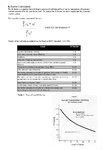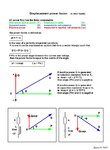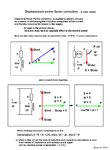dineshdeshmuk
Full Member level 5

What is K factor in increasing the power factor ?
Follow along with the video below to see how to install our site as a web app on your home screen.
Note: This feature may not be available in some browsers.







how to increase the power factor i.e. power factor displacement for a 900 KW load




